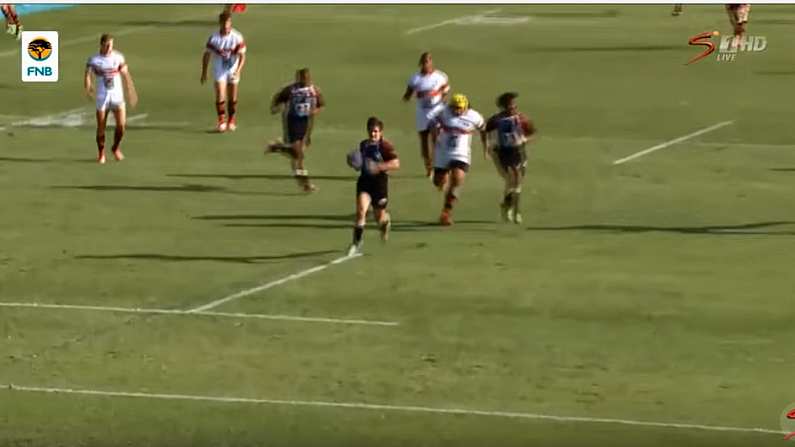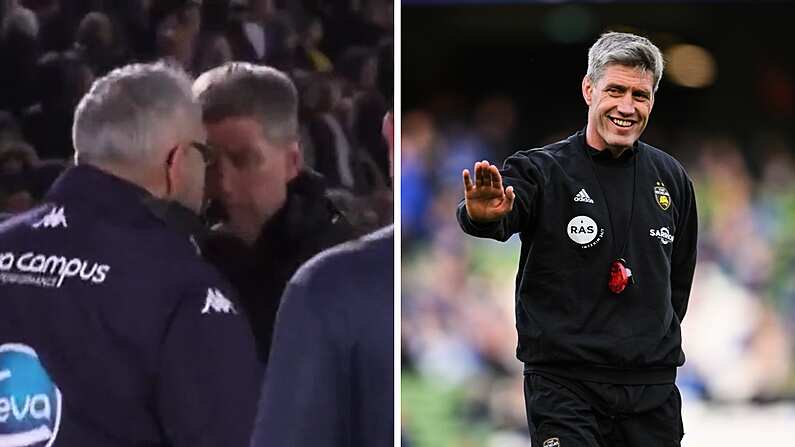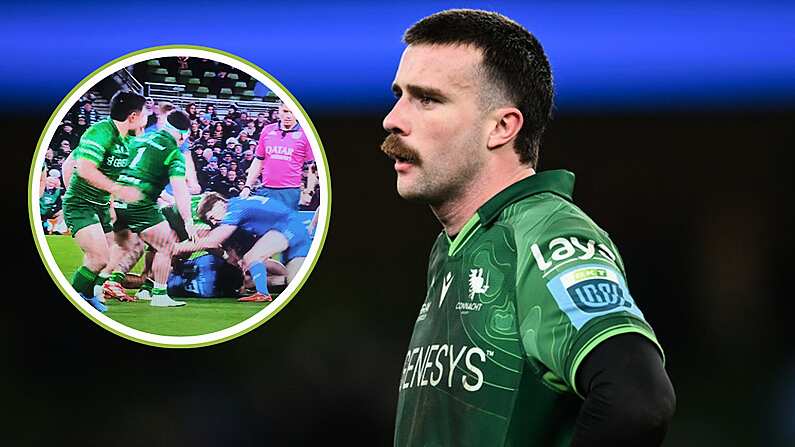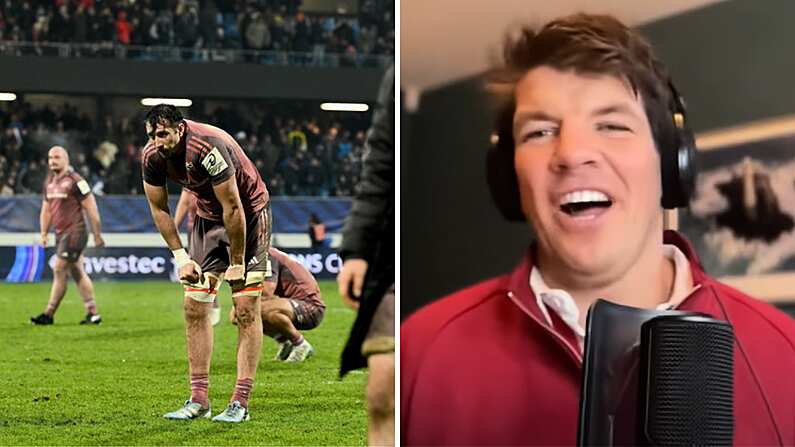If you want a picture for the future, imagine a prop running the ball from his own 22, forever.
This is the vision of rugby's future currently being trialled in South Africa's Varsity Cup, which has been subject to a number of intriguing experimental laws.
Unlike the experimental laws that turned international rugby into the turgid, insomnia-curing kick-fest that was the 2007 World Cup, these laws have been introduced to make the game better to watch.
The laws award bonus points for tries depending on from where it is scored. Here is the full breakdown:
If a team scores a try and began the move between the half-way line and the opponents' 22 and keep possession from start to finish, they'll be rewarded with two bonus points, meaning the try is worth seven points.
If a team scores a try and began the move in their own half, and keep possession from start to finish, they'll be awarded four bonus points, meaning the try is worth nine points.
These tries can still be converted, meaning there are a potential eleven points on offer for teams who successfully run the ball from their own 22.
The first of these nine-point tries has been scored by NWU-Pukke flyhalf Barend Janse van Rensburg, and you can watch it below.
To clarify, you will notice a player call a mark outside his own 22. Under the new rules, a player can call a 'free catch', which is essentially a mark but is not solely restricted to the 22.












